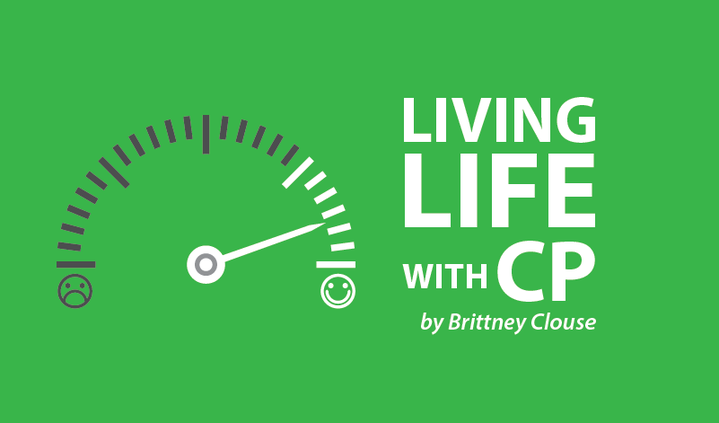As I write this, I am in the early stages of considering treatment options to enhance my quality of life. It’s amazing how things can change. Two years ago I wrote, “I have always felt like the quality of life should never be about pain management or prevention. I completely understand why it is so important, and believe me it is, but I think what makes someone happy triumphs. I am over the moon that for six years I walked pain-free, on my own. I am so proud that I will gladly sit with the consequences.”
Who the hell was I?
Your quality of life is all about pain management or prevention. It should be. That’s the point. Your quality of life is no doubt tied to your happiness. This is no surprise. If you’re in less pain, you are happier. When you feel better, you can do more of the things you enjoy.
Everyone is affected differently by illness. Not everyone wants the same things out of life or has the same goals. What one person considers to be high quality of life might not even chart for you. That’s the great thing about the medical and social technology that we have today — there are more resources to help you live your best life than ever.
At some point, you will be in a position where you must choose what is best for you, whether it’s surgery, different medication, new doctors, diets or treatment programs. I’ve gone through my treatment center’s entire pediatric program, and I’ve started the transition into its adult services. In a lot of ways, I feel like I have control over my body for the first time.
When you transition into adult services, you are really able to take the driver’s seat. Just like actually having your driver’s license, with great power comes great responsibility — you must use your power wisely. Because life doesn’t have a driver’s manual, here are some tips:
Stay informed. I encourage everyone to keep up with what’s going on within their community. Set up Google Alerts about your illness and treatment options. Ask questions. Always weigh the pros and cons, but weigh them against all of the things that matter to you, versus only considering medical details that are blind to your quality of life.
Research. It’s so important to have more information than just what your doctor is giving you, and the best way to do that is seek firsthand accounts from people who have been in your shoes. The internet will open you up to tons of support and resources.
Self-advocate. If you find a treatment option you think might work for you and it has never been used on people with your illness, go to your doctor informed and with questions — start the discussion. Say why you’re interested in the option and how you think it could help; maybe show some of the research you’ve done. You don’t know until you try. Your bravery could help and inspire others like you who are also looking for answers.
Most importantly, stay strong.
***
Note: Cerebral Palsy News Today is strictly a news and information website about the disease. It does not provide medical advice, diagnosis, or treatment. This content is not intended to be a substitute for professional medical advice, diagnosis, or treatment. Always seek the advice of your physician or other qualified health provider with any questions you may have regarding a medical condition. Never disregard professional medical advice or delay in seeking it because of something you have read on this website. The opinions expressed in this column are not those of Cerebral Palsy News Today or its parent company, BioNews Services, and are intended to spark discussion about issues pertaining to cerebral palsy.


